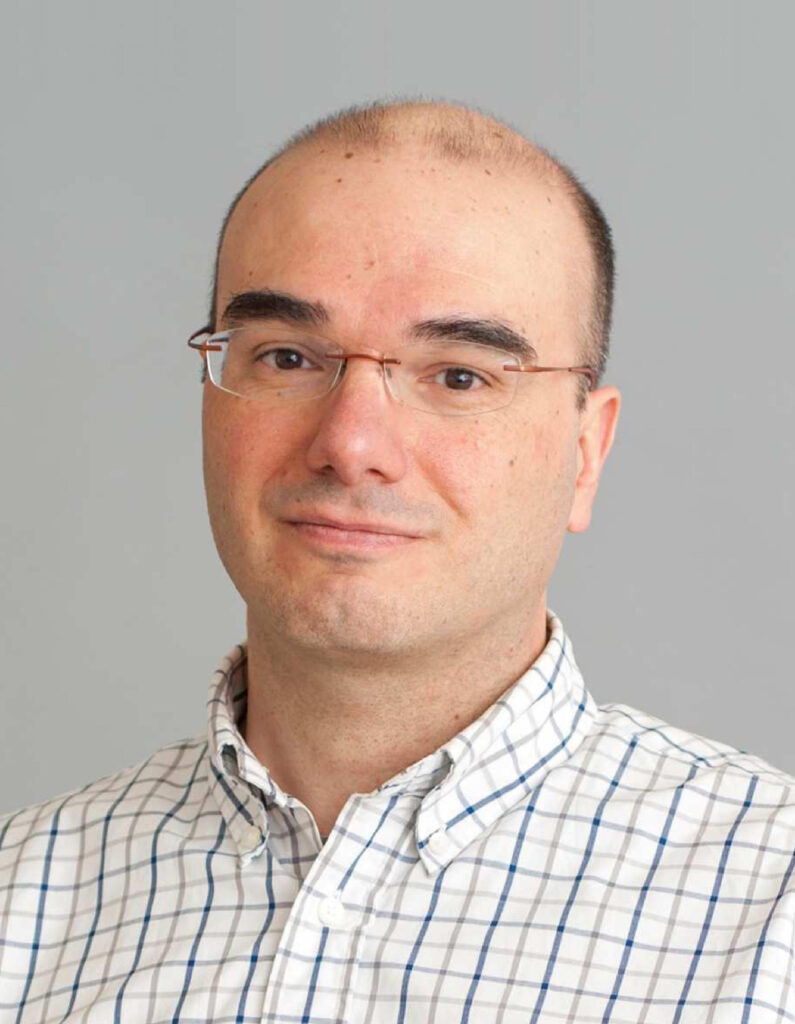
About
Edoardo A. Piana holds the position of Associate Professor and founder/head of the Applied Acoustics Laboratory (ISO 9001 certified) at the University of Brescia. He is mainly active in the field of Acoustics, in particular as concerns acoustic insulation of composite structures, acoustic absorption of innovative materials, acoustic metamaterials, noise from high voltage power lines/electrical substations, and sound propagation in ducts. His research expertise also involves thermal characterization of materials, building physics, indoor thermal comfort, and HVAC systems. Author of several contributions to international journals and conferences, he is the scientific referent for the University of Brescia in the cooperation agreements for the development of projects in the field of vibroacoustic with the Royal Institute of Technology (KTH) in Stockholm and the Katholieke Universiteit in Leuven.
He is a member of ISO/TC 43/SC 2/WG 32, “Determination of acoustical parameters of materials” and UNI technical commission “Acoustic and vibrations”.
At his university, he holds courses in Applied Acoustics and Thermal Sciences/Technical Physics.
Acoustic and Thermal properties of novel / recycled materials
Abstract
In the last few years, the so-called “linear” production and consumption model, or “production-use-disposal” model, has been universally defined as no longer sustainable. A possible solution to the issues created by the linear scheme is the Circular Economy: this model, which is still under development, aims to generate cyclic metabolisms, in analogy with natural ecosystems, to keep products and materials in use and maintain their status of resources. This talk focuses on circular neo-materials, on the reuse of waste and recycled products, characterizing and improving them by adding multifunctional purposes, such as the improvement of thermal characteristics, addition of good acoustic properties and architectural soundness. By exploiting all these qualities and through the generalization of the characterization and optimization methods, the approach could be exported to several sectors, such as building refurbishment, transport, and industry. In general, the aim is to obtain materials behaving as thermal insulators/accumulators and sound insulators/absorbers. The challenge is to meet and wisely adjust all these characteristics, which are not easy to combine.
